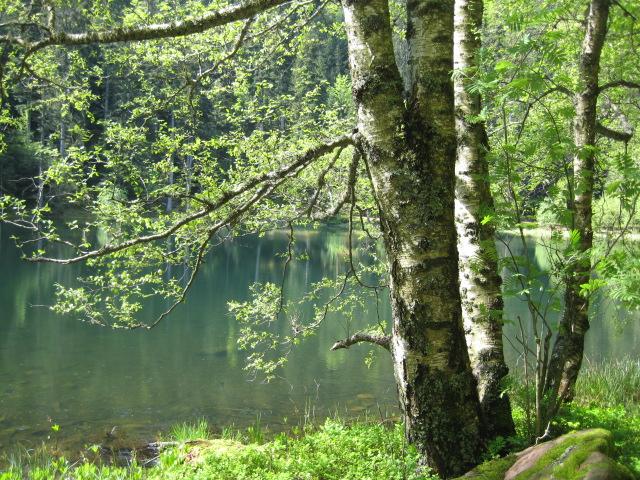In 16th Century Salm, legends are real, superstitions run deep, and witches are everywhere.
Superstitions, Myths, and Legends of the Vosges are told all over the world and have survived the centuries as appealing alternatives to history.

Before scientists could explain natural disasters or phenomena, people created these delightful yet bizarre stories to try to explain why such things happened.
Most times, characters succumb to temptation, carelessness, or greed, act dishonestly, or with foolish pride, and the stories end in horrible death, pain, or embarrassment

As they weave their way through our imagination, these stories work their magic by explaining the unexplainable, offering comfort to the grief-stricken, or simply trying to make sense of the chaos of everyday life.
The Baptism of Angels
The most prevalent of the Legends of the Vosges in the novel, From the Drop of Heaven, is the Baptism of Angels, the story of a place of respite, a sanctuaire de répit.
During medieval times, the Catholic Church taught that Hell consisted of four parts. The Hell of the Damned, Purgatory, Limbo of the Patriarchs, and Limbo of Infants.

The gates of Heaven do not open for anyone not baptized. The stain of Original Sin even barred stillborn infants who never had the chance to sin. Theologians hypothesized that these unbaptized children would spend eternity in Limbo.

Imagine the heartache of losing a child multiplied by the thought that your precious baby was doomed to spend eternity in torment. Limbo offered little solace to grieving parents.
Places of respite sprung up all over Europe as people sought the divine intervention of the Blessed Virgin. Parents received peace of mind knowing the “Respite baptisms” permitted their baby’s soul to join other family members in heaven. The family could also visit the baby’s grave in the consecrated cemetery.
This is an excerpt from the novel, FROM THE DROP OF HEAVEN.
“Before the land of Salm was called Salm…
Good Stones of Bethlehem gave a wonderful gift to a virgin named Mary. She could not find a room and was about to give birth. The Good Stones opened and formed a cave where the child was born.
The Devil Fiddler
The first story on the sign is Le Diable Violoneux, The Devil Fiddler. While advising of the dangers of missing Mass, this legend explains how a lake appeared on the side of a mountain.

In the novel, Martin played his violin in the shadow of the chapel at Lake de la Maix. Evil Bishop Michel became furious that a celebration honored a witch. To scare people away, he started a legend that it was the devil playing the violin at the lake. More
The Wild Hunt of the Hellequin

The Legend of the Wild Hunt of the Hellequin appeared most often in my research. Referenced as far back as the 11100’s, some suggest it is the origin of King Arthur of ancient Britons. Visions of spirits usually occurred at crossroads where souls of the dead passed frequently, at Samhain (Halloween) or between Yule and Twelfth Night or Solstice. As intended, these legends terrified people and gave everything a diabolical meaning.
The Legend:
A prince named Hellequin so enjoyed the hunt that he hunted every day, even on Sundays. So determined in the chase was he, that he had followed his prey to the foot of the altar where a priest had been celebrating Mass. More
La Chatte Pendue
I had a hard time finding the origin of the story. This rock that looks like a cat is all I could find, but the legend is included in a wonderful group of virtual writings by Monique Francois’ on Salm.
The Legend
A period of rumors spread throughout the land. They started quietly, half-formulated whispers and slander, impossible to defend. More
